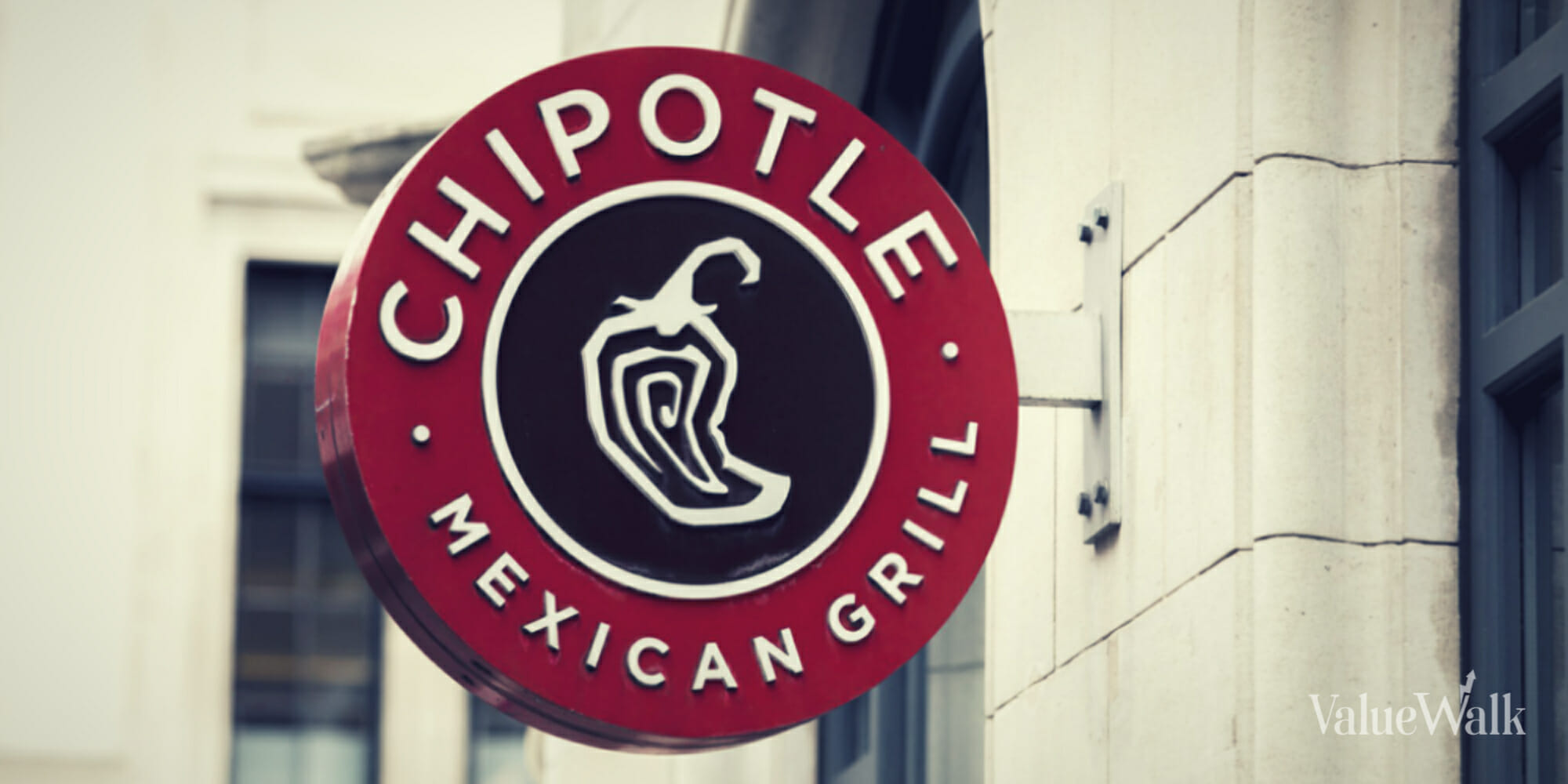Whatever is true about the stock market and economy in 2017, there is a lot of explaining to do. So many broadly unexpected and surprising developments have happened in the past few months, and there has been so much “fake news” centered on the economy, it would hardly be surprising if you find yourself scratching your head.
Retail Apocalypse Snowballs As Liquidity Collapses
President Donald Trump cannot “make America great again.” The problems are bigger than one man.
Who Will Survive the Retail Reckoning of 2017?
Here are three important takeaways to bear in mind as the analysis unfolds:
- Investors’ enthusiasm for the “Trump bump” shows a touching faith in the efficacy of a chronically inept and dysfunctional government. They will be disappointed.
- Investment arithmetic has been distorted to suggest that passive investment — buying and holding an index fund — will provide handsome returns for retirement. It won’t.
- In fact, if historical norms persist, it will take roughly 22 years for recent investors in the stock market to equal the total return they could have secured by stuffing money in their mattresses.
Namely, Trump cannot juice up the carcass of an old DeLorean and squeeze us all in with Marty McFly on a time-travel adventure back to the early ‘70s — the era before economic growth stalled and we contracted trillions upon trillions of unpayable debt.
Struggling Retail
In the slumping category, according to Bank of America’s credit and debit card sales report, department store sales in February fell by the greatest amount on record. This spells big trouble for mall REITs, or real estate investment trusts. Indeed, the news on the retail side of the economy fairly reeks with hints of the hyperdeflation to come.
Sears — once the world’s largest retailer (and a relic of middle-class shopping from my childhood) — published its own death notice. Sears’ nervous accountants inserted this language in its latest 10-K report: “Our historical operating results indicate substantial doubt exists related to the company’s ability to continue as a going concern.”
It was an emphatic reminder of what is to come in the resolution of the many trillions in debt assumed by corporate borrowers at invisibly low interest rates in the wake of the last crisis.
In other words, watch out. Sears may be going out of business, and it may be just the start of a meltdown in the retail sector. Already, Reuters reports that suppliers are reducing shipments and demanding cash on delivery. This will certainly complicate the ability of Sears to stay afloat. If it survives, it will be in a much diminished form.
At the very least, Sears intends to close another 150 stores to reduce operating losses of more than $1 billion per year. Sears used to operate 3,000 stores. That number has been cut in half and may be headed much lower as losses mount.
In a similar vein, Bloomberg reported that Payless ShoeSource is preparing to file for bankruptcy. Reports indicate that Payless will close 400 to 500 stores.
Business Insider noted in 2015:
The list of failures is getting longer by the day. Macy’s? Cooked — down 42% over the past six months. Nordstrom? Down 20% over the same time frame. Dick’s Sporting Goods? Awful earnings sent this athletic retailer lower more than 10% yesterday alone. There’s absolutely no way to sugarcoat it — the retail sector is crashing.
The woes of Sears, Payless, J.C. Penney, Macy’s, Nordstrom and others soon to be revealed are antidotes to the market’s collective delusion — ratified by the electoral college — that we can return to the days of rapid economic growth — when America was great — without enduring a painful adjustment.
The Retail Shake-Up
We’re going to see a bloodbath in the retail sales sector.
I personally know that I visit a store about a third as often as I used to a decade ago. I pretty much only buy clothes, groceries and major electronics at a storefront.
Everything else gets done via Amazon.
When I talk to people in their 20s and 30s, I find the same pattern. People are giving up walking into stores and prefer to buy online.
And that pattern will continue to trend against storefront locations.
Another friend of mine just recently started buying groceries from Amazon online. They deliver it to his house in two hours. This is going to spread in popularity.
So with the dawn of online shopping, is it any wonder why retail storefronts are struggling? It’s anticipated that a third of shopping malls will close down in the next few years.
And with Macy’s, Sears, Chico’s, American Eagle and other mall retailers all shuttering locations, it seems big malls are going to be in trouble sooner rather than later.





